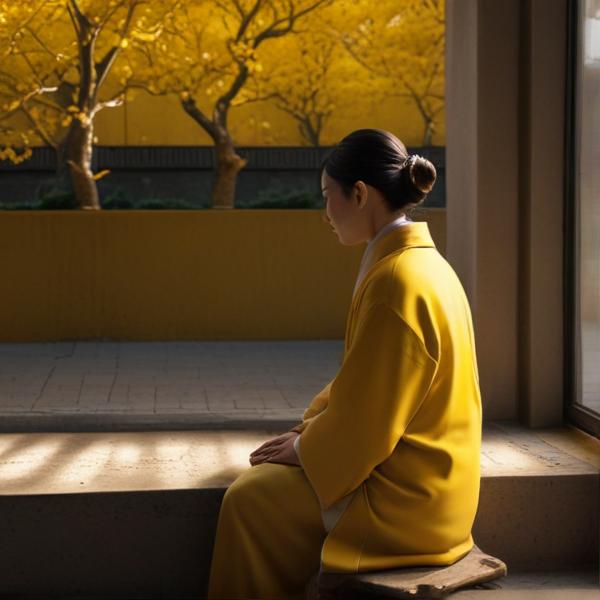基本信息 (Basic Information)
含义与用法 (Meanings & Usage)
中文核心释义 (Core Chinese Meaning): 黄色,像黄色的颜色;引申为明亮、光辉。
英文核心释义 (Core English Meaning): yellow (the color); also brightness, radiance by extension.
象形意义 / 为何这么写 (Pictographic Meaning / Writing Rationale)
文言文释义 (Classical Chinese Meaning)
与现代意义相近,主要指颜色,也可寓意美德或中央之地(五色中为中)等。Similar to modern meaning; primarily denotes the color, and can metaphorically signify virtue or centrality (as yellow is the central color among the five directions).
深入学习 (In-depth Study)
字源故事 (Origin Story)
字形演变 (Character Evolution)
常用词语和例句 (Common Words & Examples)
黄色 (yellow (color))
这朵花是黄色的。
Eng: This flower is yellow.
黄河 (Yellow River)
黄河是中国的母亲河。
Eng: The Yellow River is the mother river of China.
变黄 (to turn yellow)
秋天树叶变黄了。
Eng: In autumn, the leaves turn yellow.
相关成语 (Related Idioms)
黄袍加身
Meaning: to be crowned emperor (to put on the yellow imperial robe)
多语言翻译 (核心释义) (Translations (Core Meaning))
- French: jaune
- German: gelb
- Spanish: amarillo
- Italian: giallo
- Portuguese: amarelo
- Russian: жёлтый
- Arabic: أصفر
- Persian: زرد
- Dutch: geel
- Polish: żółty
- Vietnamese: vàng
- Ukrainian: жовтий
视频学习资源 (Video Learning Resources)
通过以下链接在热门视频网站搜索 "黄" 的更多讲解:
Search for more explanations of "黄" on popular video sites:
- 在 Bilibili.com 搜索 "黄 字源 说文解字" (Search on Bilibili)
- 在 YouTube.com 搜索 "huang character origin etymology" (Search on YouTube)
网络参考 (Web References for "黄") ()
网络搜索信息待获取。Web search information pending.
更多图片 (黄 More Images) ()
